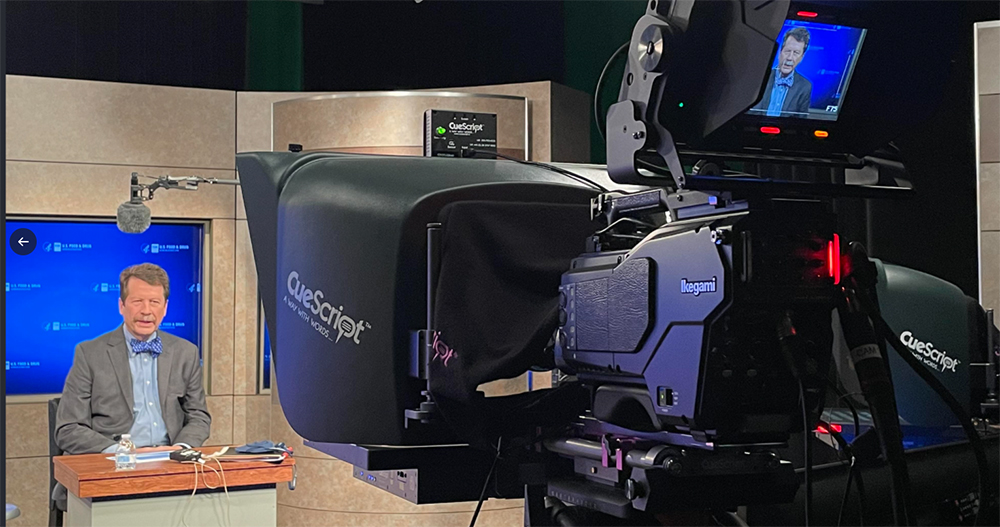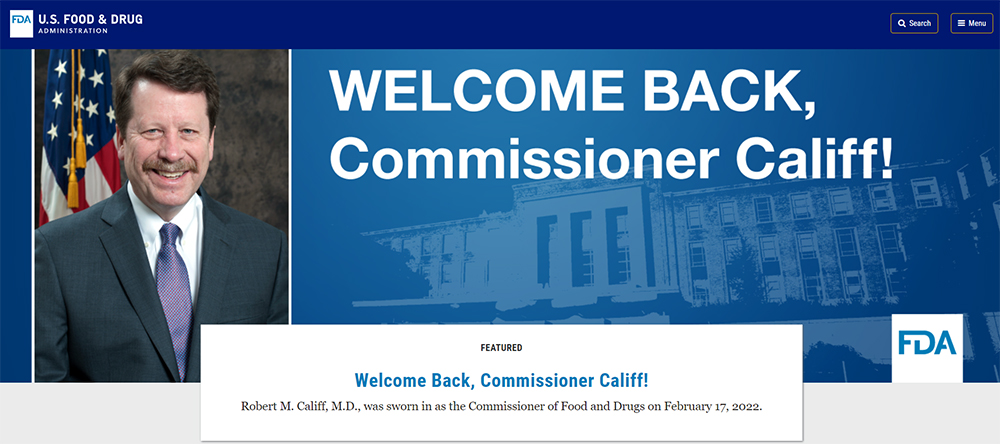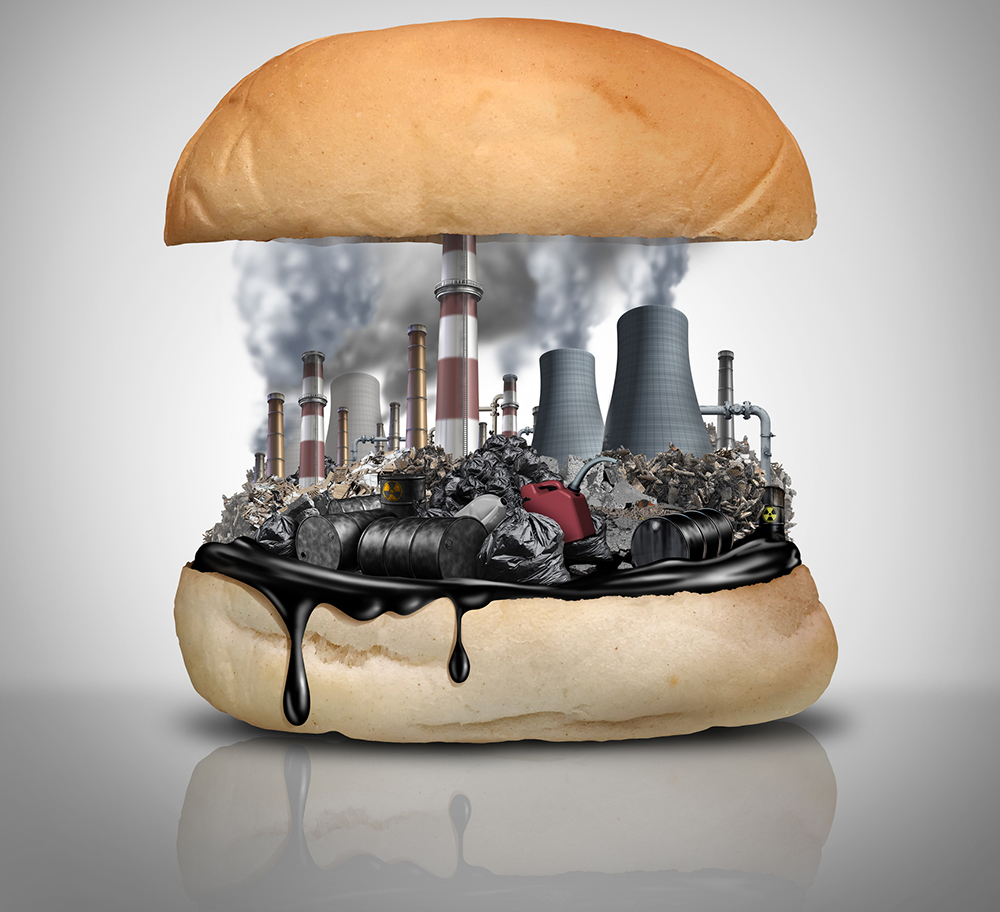It’s no secret that the FDA represents the interests of Big Food and Big Pharma – not consumers. Here is a small example of its allegiance to large corporations that we hadn’t noticed before. Unfortunately, many people still believe that if the FDA says something it must be true.
The following comes from the FDA page called “Questions and Answers on Monosodium glutamate (MSG)” found here: https://www.fda.gov/food/food-additives-petitions/questions-and-answers-monosodium-glutamate-msg accessed on 7/22/2020.

What is MSG?
The FDA says that monosodium glutamate (MSG) is the sodium salt of the common amino acid glutamic acid. Glutamic acid is naturally present in our bodies, and in many foods and food additives.
How is it made?
The FDA says that MSG occurs naturally in many foods, such as tomatoes and cheese. People around the world have eaten glutamate-rich foods throughout history. For example, a historical dish in the Asian community is a glutamate-rich seaweed broth. In 1908, a Japanese professor named Kikunae Ikeda was able to extract glutamate from this broth and determined that glutamate provided the savory taste to the soup. Professor Ikeda then filed a patent to produce MSG and commercial production started the following year.

What is MSG?
Mono (single) sodium glutamate in science-speak is glutamate tied to a sodium ion, just as monopotassium glutamate would be glutamate tied to a potassium ion. That’s the makeup of the mono sodium glutamate occurring naturally in our bodies. (Glutamate is rarely found “free,” but is ordinarily tied to an ion such as sodium or potassium.)
The monosodium glutamate that Ajinomoto is selling is made up of manufactured glutamate, the impurities that invariable accompany manufactured glutamate, and sodium.
How is it made?
MSG doesn’t occur naturally anywhere — it’s made – manufactured! The monosodium glutamate that Ajinomoto is selling is a product made in Ajinomoto’s plant in Eddyville Iowa where glutamate is produced by genetically modified bacteria that secrete glutamate through their cell walls, which is then mixed with sodium. (The process for manufacturing MSG has been patented, and as the process is improved over time new patents are awarded.)
Want to learn more about how the FDA cooperates with industry? You’ll find it in our just-out book, The Perfect Poison (available here), on the webpages of the Truth in Labeling Campaign, on Pinterest, in The toxicity/safety of processed free glutamic acid (MSG): A study in suppression of information, and in countless books such as White Wash by Carey Gillam, and Eating May Be Hazardous To Your Health – The Case Against Food Additives by J. Verrett and J. Carper.






